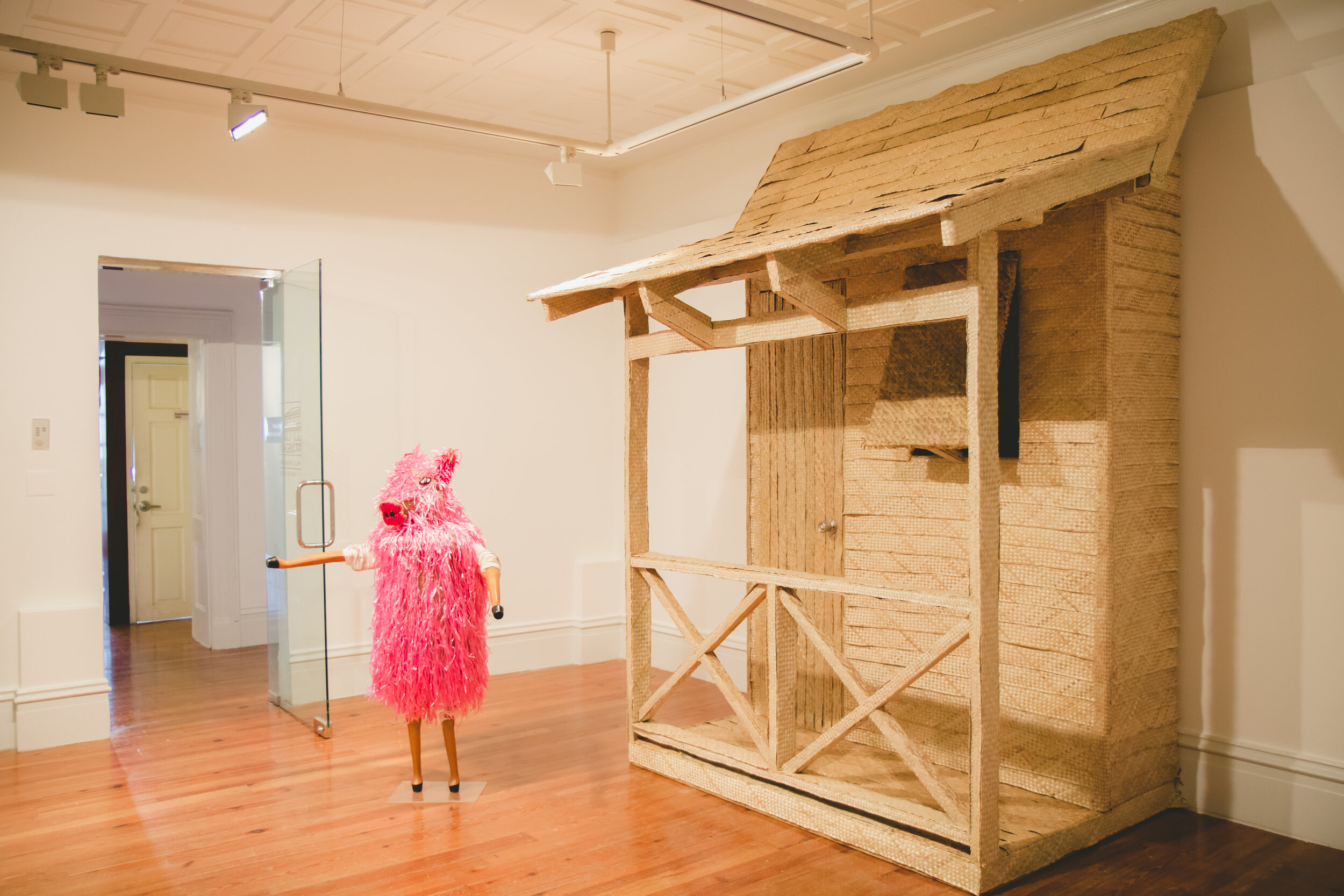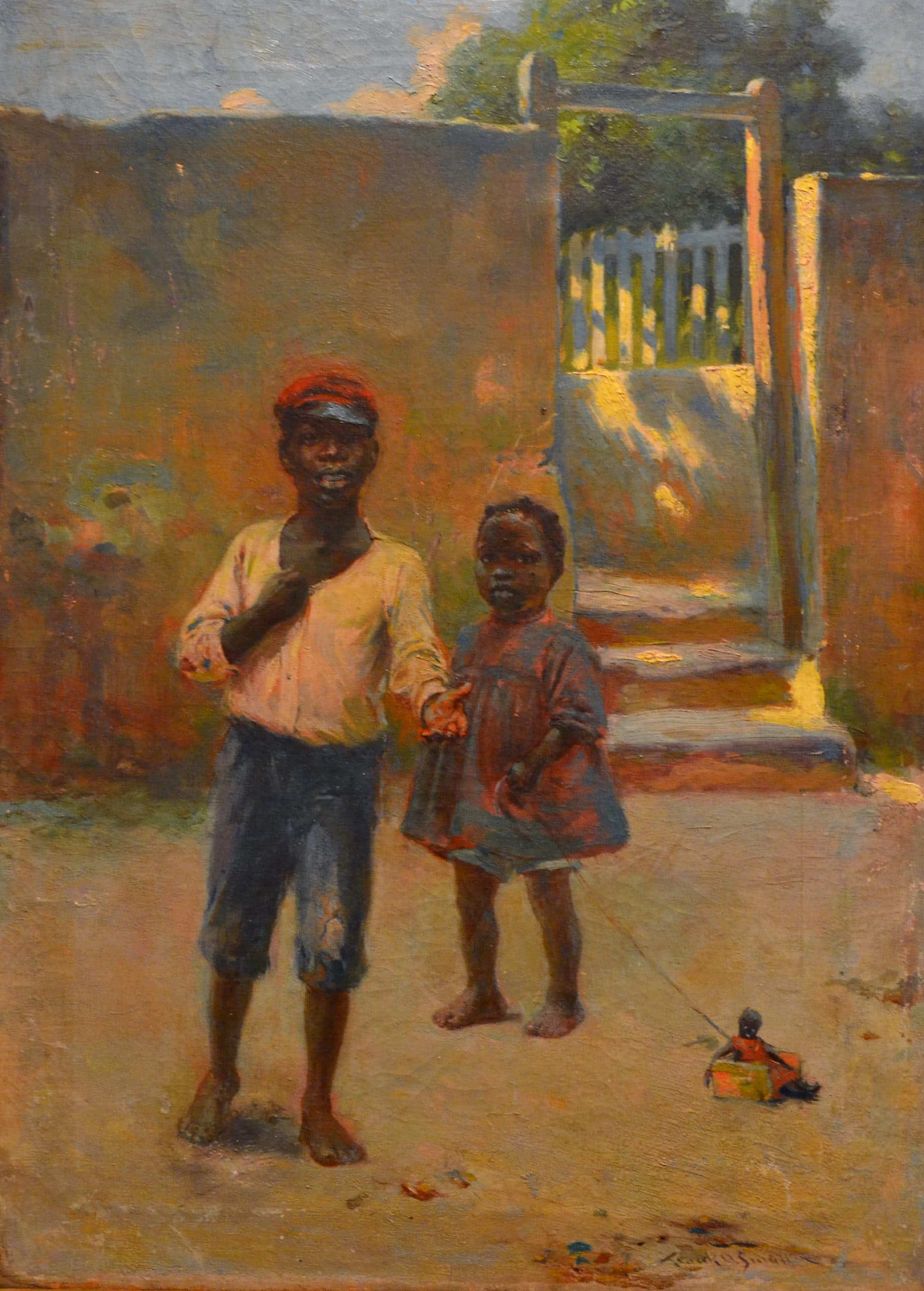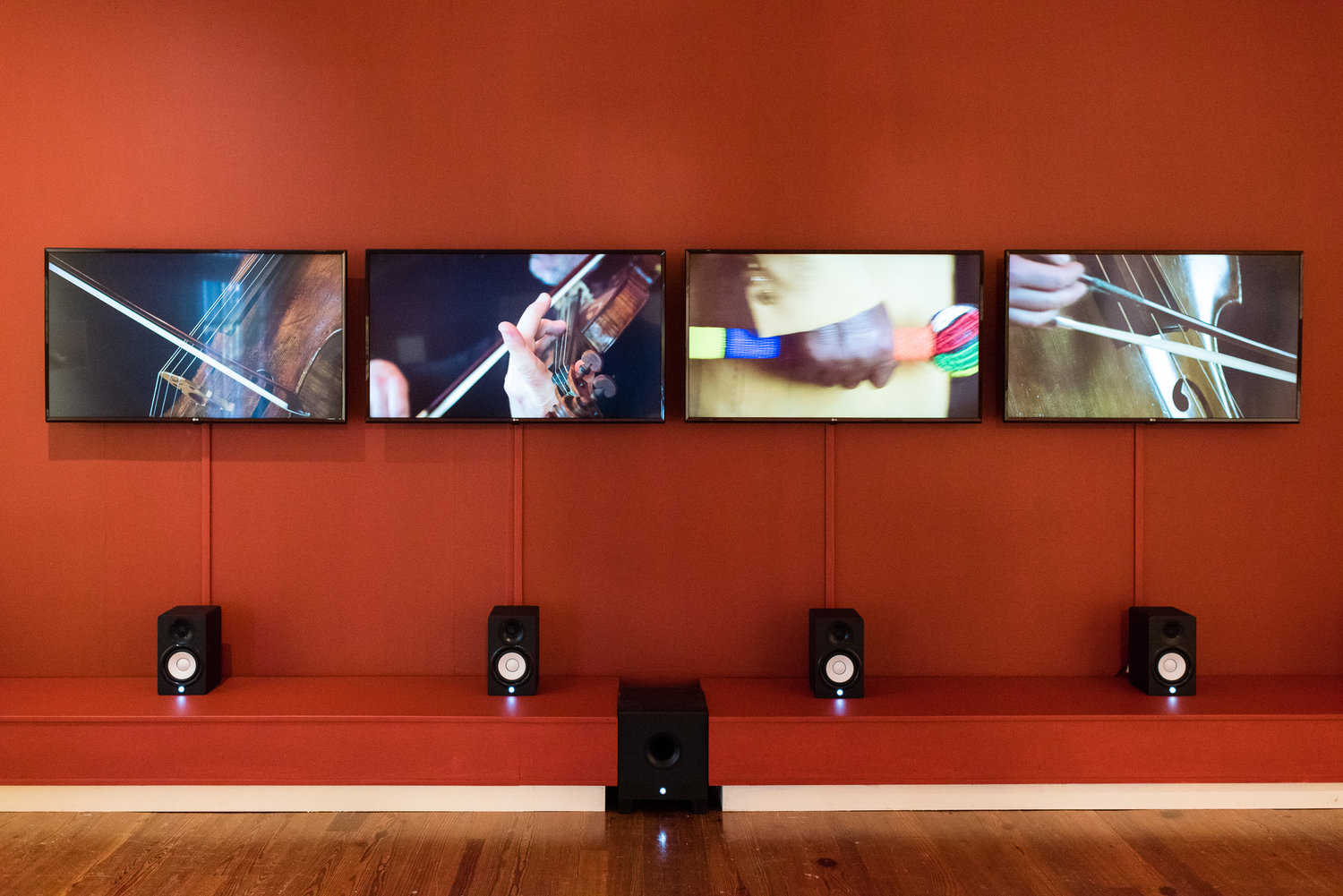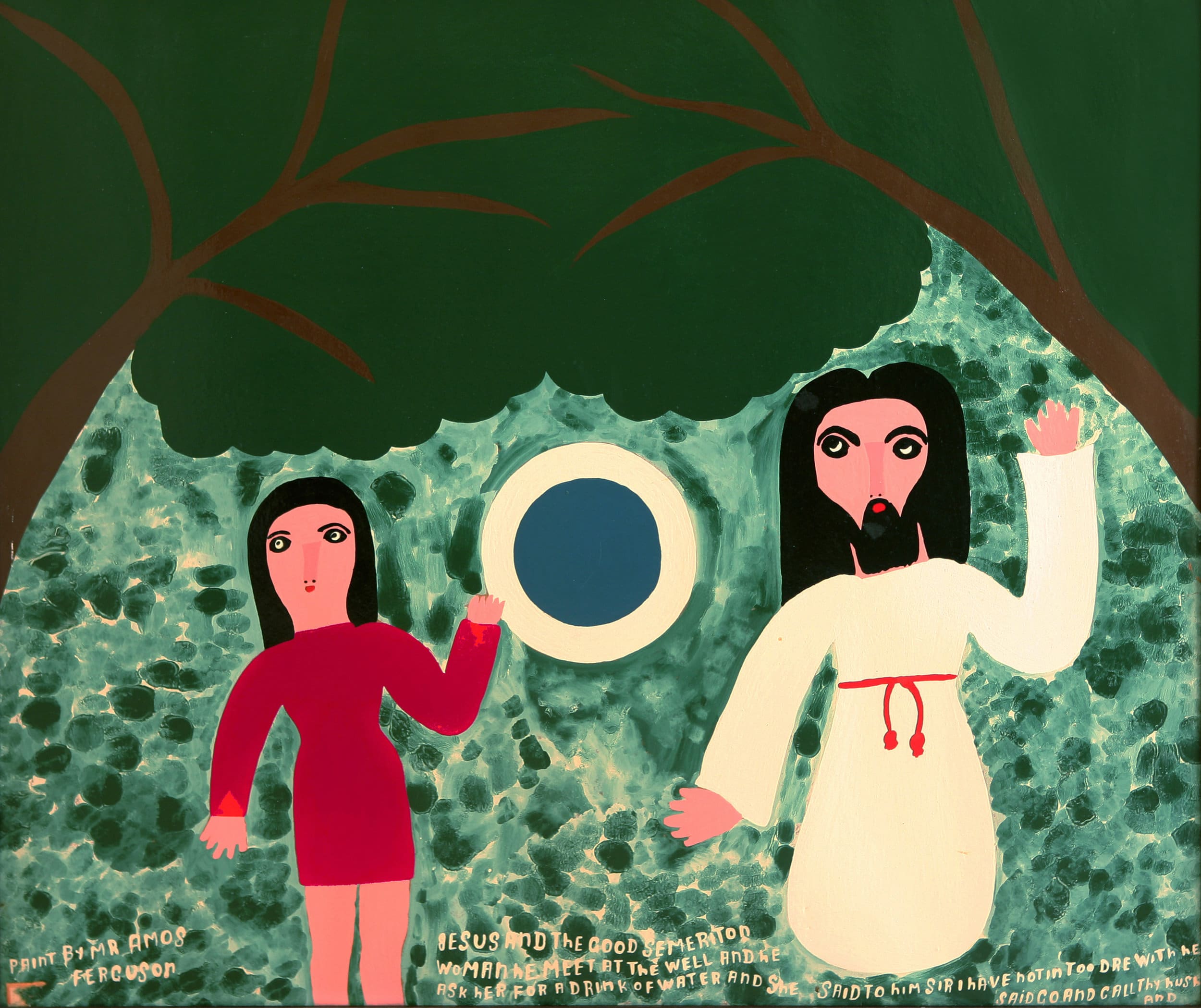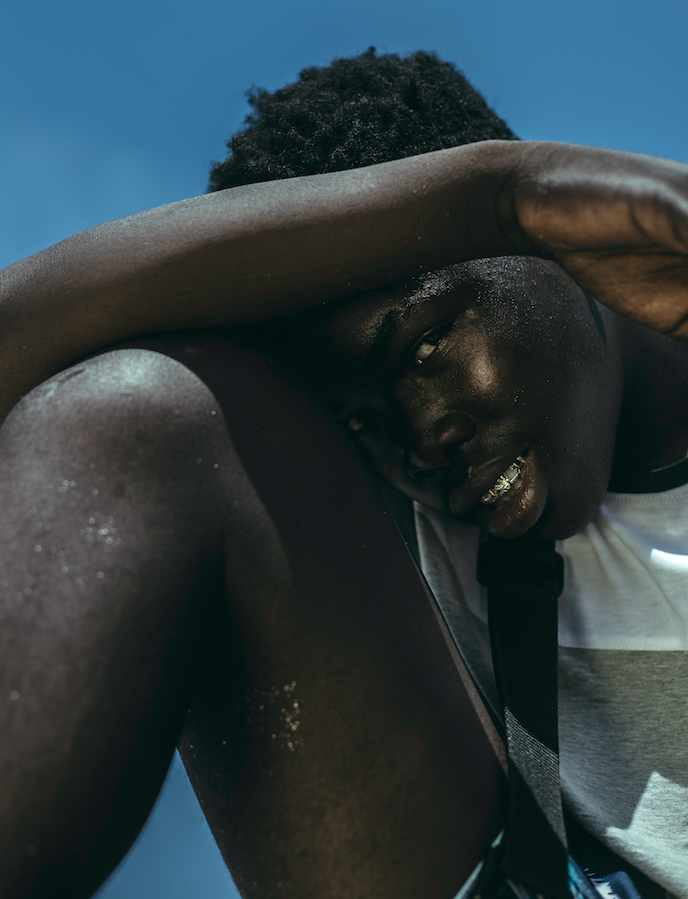By Natalie Willis. Averia Wright’s “The Straw Paradox: The Pig That Built His House of Straw” is something of a paradox in the name itself. Straw work in The Bahamas is a bit of a misnomer – it isn’t really “straw” in the Western traditional sense at all. Our straw is not made of barley, wheat or things of that ilk at all, rather, it is a pale gold weaving made of Silver Top Palm. Wright comes from a family of straw market women, and has been plaiting her whole life.
All posts tagged: Natalie Willis
Demure Facade, Colourful History: Sterling Miller’s “Villa Doyle” (ca. 1969)
Stories Demure Facade, Colourful History: Sterling Miller’s “Villa Doyle” (ca. 1969) Natalie Willis · 3 July 2019 The Villa Doyle,
Introducing Tilting Axis 2018 Curatorial Fellow, Natalie Willis
For the second year, Tilting Axis has facilitated, administered and designed an open call for our Curatorial Fellowship. In a strong partnership with the University of Texas at Austin Art Galleries at Black Studies we issued an open call to find and seek out a curator living and working in the Caribbean who would rise to the occasion to use the resources, collections and moment at hand to advance their practice in a nuanced and sensitive way.
Care in the Craft: “Young Children” (nd) by Frank Otis Small
By Natalie Willis. We have a long history of looking in The Bahamas, in the idea of being seen. We were the chain of limestone that 40,000 Lucayans and Arawaks saw as home as they weaved their way north through the islands. We were Christopher Columbus’ misplaced Indies, setting his eyes on a lucky second-best that he claimed for Spain – thus beginning the “New World” and our written history. There were the hungry eyes set on plantation profit – and the hungry eyes of those forced to do that work. Then there were the thousands of eyes afterwards, in and out of the space in blinks and in boats that came to see just what “paradise” looked like. Those eyes were turned on us.
Other Tongues: An interview with Graham Fagen (Pt I) on Scottish cultural amnesia and gazing into the mouth of silenced histories.
By Natalie Willis
The last in our series of two-part interviews with the artists of “We Suffer To Remain”, this week we speak to Scottish artist Graham Fagen on having his work not only as the starting point of this series of exhibitions on “Difficult Conversations”, but also on having his work brought to the Caribbean context to which it refers. “The Slave’s Lament” (2015) is a moment for us to consider the realities of this Trans-Atlantic history in contemporary contexts, and now that we’ve seen Bahamian responses with our national artists responding to this work, we take a moment to consider Fagen’s perspectives in our space.
Beadle, the Mechanic: An Interview with John Beadle on his work for “We Suffer To Remain”, part II
By Natalie Willis. Last week we heard John Beadle speak to his participation in “We Suffer To Remain”, an exhibition in collaboration with the British Council. The works produced in “We Suffer To Remain”–the Bahamian leg of a 4-part journey of the British Council’s “Difficult Conversations” series of exhibitions– serve as Caribbean response to Scottish artist Graham Fagen’s work, “The Slave’s Lament”. Shown at the Venice Biennale in 2015 as a representation for Scotland in the global art biennial, and choosing to uncover the country’s complicit nature in the Slave trade and the general amnesia surrounding Britain with their role and repercussions in chattel slavery – there is more to this work than meets the eye. Here is a not-so-difficult conversation with Beadle.
Amos Ferguson’s “Jesus and the Good Semeriton” (nd): The Colour of God and Histories of Faith
Some (Re)assembly Required: Melissa Alcena’s takes a soft lens on Black masculinity
Melissa Alcena’s solo show currently on view in the Project Space through December 3rd, “Some (Re)assembly Required,” speaks to this puzzle-piecing together and rebuilding and reclaiming of the chunks of softness that has been chipped away from Black men for so long.
(Un)Monumental: How Do We Re-contextualise Historic Sculptures for Contemporary Life?
As we have seen in “Re: Encounter” artists can often speak to the idea of the monumental both in size and in content. Dede Brown presents ambiguous humanoid busts, absent and cut out of wood and masonite, which are suspended from the ceiling – perhaps un-monumental in their own way. Playing into this in a different respect, Joiri Minaya presents us with a monumental wall of stretchy fabric that spans the width of the ballroom, but also gives us a series of postcards depicting a proposal for artistic intervention on the Christopher Columbus monument that sits at the front of Government House, making good use of both sides of this double-meaning of the word.
We Lost Two Cultures That Day: Hurricane Irma and the Loss of Cultural Material
By Natalie Willis. It’s easy to think of culture as being purely in the hands of the people: it’s in our mother tongues, our food, our dance and architecture. And, in many ways, it is. But it also leaves a residue, it sticks to our spaces and buildings and trees and forests and oceans, so that when our elders pass on, they leave just a tiny bit of themselves around for us to remember what we come from and we build upon that. With this in mind, and with heavy heart, we must look to the implications of Irma and her aftermath. Both Inagua and Ragged Island were deemed uninhabitable this week and it is important to look at the full extent of what that means… We lost two cultures.
